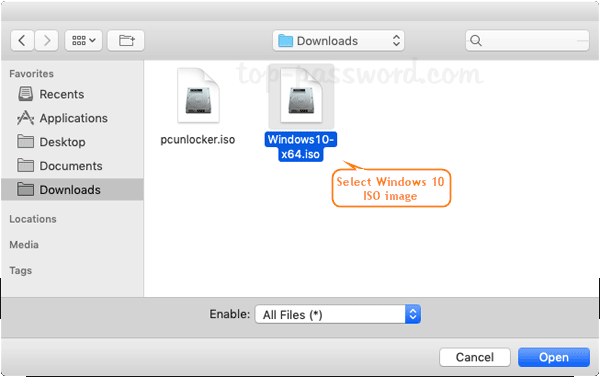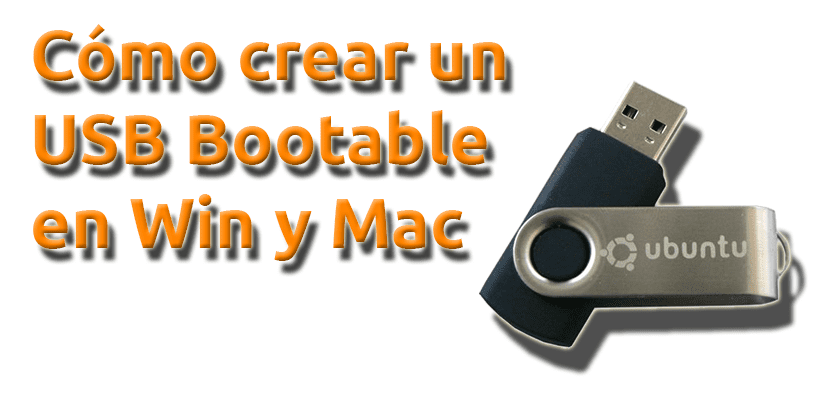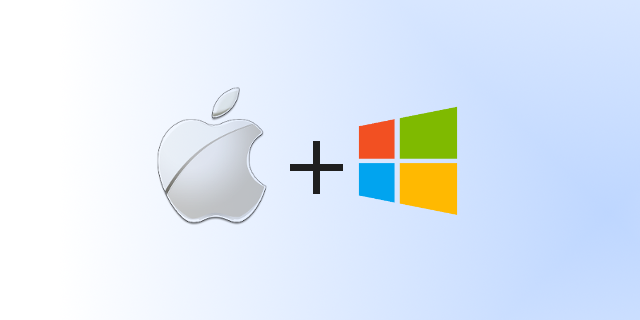

- #Bootable mac usb from windows for mac os x#
- #Bootable mac usb from windows for mac os#
- #Bootable mac usb from windows upgrade#
- #Bootable mac usb from windows full#
TransMac is a simple application to open hard drives disk, Flash drives, CD/DVD high-density floppy disk on Windows 10/7/8/8.1 or lower version of other Windows.
#Bootable mac usb from windows for mac os#
Why we use TransMac to Create bootable USB for mac os el Capitan?

#Bootable mac usb from windows for mac os x#
Use the Restore Disk Image to Drive dialog box to browse for the DMG file with the installation files for Mac OS X Yosemite in this case, and click the OK button to create a bootable USB of the operating system. In the warning dialog box, click the Yes button. On the left pane, you’ll see all the Windows PC drives listed right-click the USB drive you intend to use to reinstall Apple’s OS X and select the Restore with Disk Image option. (You’ll be prompted to Enter Key or Run because we’ll be using it once, click the Run option.)

Right-click the TransMac software icon and Run as administrator. Make sure you take off any important documents.) (Remember that all the data in the USB will be erased. Insert the USB drive that you’ll use to fix your installation of OS X.
#Bootable mac usb from windows full#
(If you want to support the developer, you can purchase the full version.) Quick note: TransMac is a paid software, but it has a 15-day trial solution that gives us more than enough time to move the DMG files to the USB drive from Windows. Use these steps to set up a USB drive with a GPT partition: To do this, you’ll need to use the Diskpart command-line utility on Windows 10. Create Mac OS X bootable USB installation mediaīefore using TransMac, you first need to partition your USB flash drive with a GPT partition, as a normal MBR partition may not work. Now that you have all the necessary ingredients, you’re ready to make a Mac OS X bootable USB using the DMG file of the operating system with the steps below.

#Bootable mac usb from windows upgrade#
These instructions will also work for Windows users running Mac OS X on a virtual machine and needing to upgrade to the latest version. However, if you find yourself in a scenario where your device (iMac, MacBook Pro, Air, Mac Pro, or Mini) is not responding, and you happen to have a Windows 10 device, then you can still be able to make a USB bootable installation media for your Mac OS X to reinstall the operating system using the Recovery Assistant. This is why it’s recommended that you make a Mac OS X bootable USB when your Mac is in working conditions. If you’re still using a Mac OS X, the time will come when your computer won’t boot, or a problem may arise where you can’t take control of the device, and booting from an OS X installation media will be required.


 0 kommentar(er)
0 kommentar(er)
